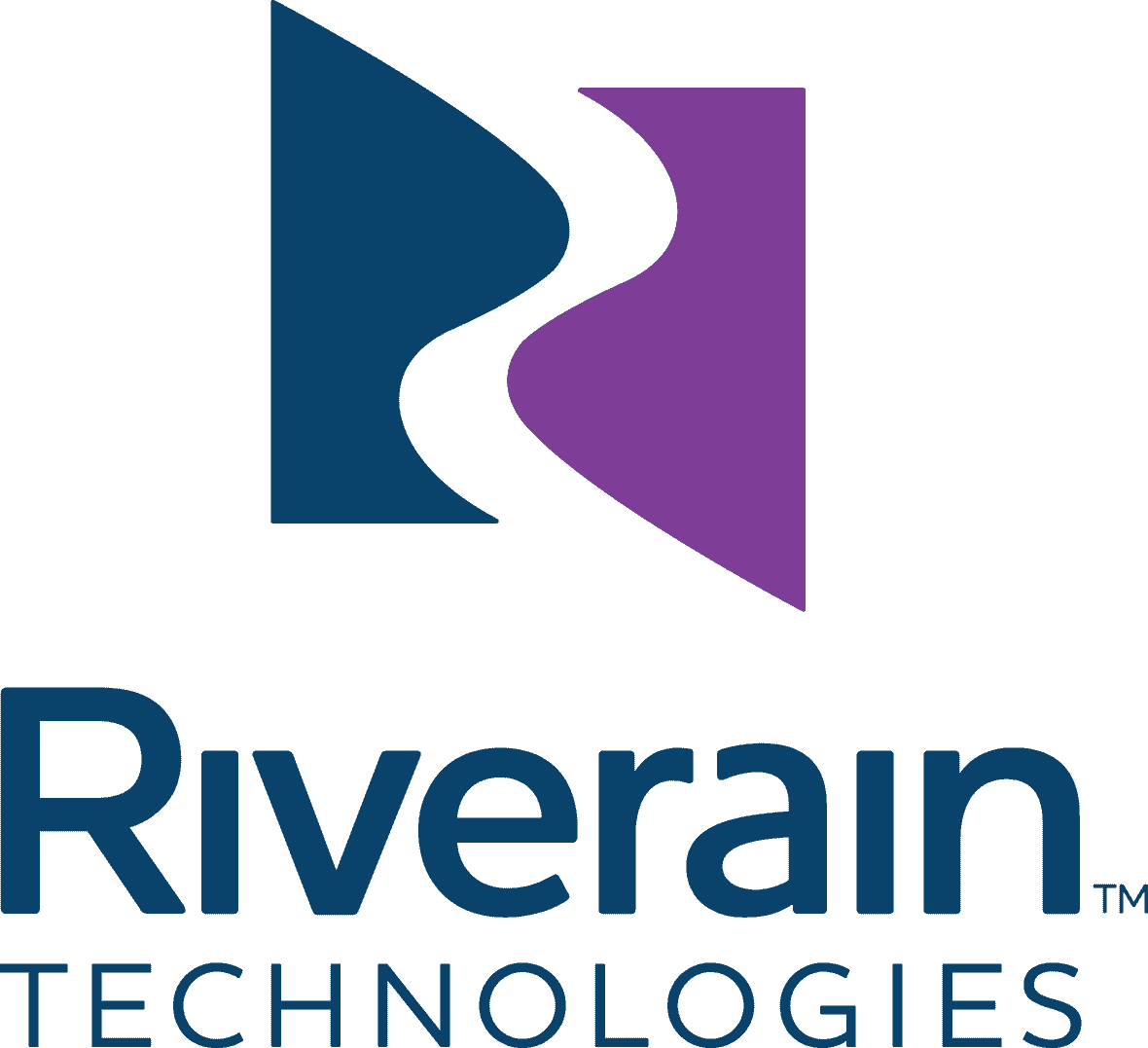|
Imaging in H1 | Becoming Merative
July 5, 2022
|
|
|

|
|
Together with
|

|
|

|
|
The first half of 2022 is now a wrap, and it was another big one within medical imaging. Here are some of the top storylines from the last 6 months and some things to keep in mind as we head into 2022’s second half:
- Imaging Goes Home – Healthcare’s major shift into patient homes seemed to be bringing imaging along with it in H1, leading to new vendor-side efforts focused on at-home ultrasound (e.g. Caption’s home echo program, GE’s Pulsenmore investment), more providers expanding their mobile imaging capabilities, and new research efforts focused on patient-performed exams and mobile imaging operations.
- AI Shakeup – Everyone who has been predicting AI consolidation got to take a victory lap in H1, which brought at least two strategic pivots (MaxQ AI & Kheiron) and the acquisitions of Aidence and Quantib (by RadNet) and Nines (by Sirona). This kind of consolidation is normal for an emerging segment, but it wouldn’t be surprising if the difficult funding climate leads to above-normal consolidation in H2.
- Photon Counting Reality – The momentum from Siemens’ photon counting CT launch in late 2021 carried into this year, leading to a series of studies suggesting that PCCT might be as good as anticipated, the launch of Samsung NeuroLogica’s own head/neck PCCT system, and increased photon counting R&D and marketing efforts from the other major CT OEMs.
- The Patient Engagement Push – The first half seemed to bring a surge in patient engagement activity, including new investments from the major image sharing vendors, increased pressure from radiology leaders to finally achieve universal image sharing, and new efforts to make radiology reports more accessible and understandable.
- The Platform Pathway – The trend towards AI platforms heated up in H1, as new vendors launched or expanded their AI platforms, the major PACS players increased their AI integration efforts, and startups and radiology teams increasingly embraced AI platforms as a solution to their narrow AI challenges.
|




|
|
The State of AI
Considering your short and long-term AI plan? Check out Canon Medical’s State of AI Roundtable, sharing insights into how imaging AI is being used, where it’s needed most, and how AI might assume a core role in medical imaging.
|
|
Ready for AI to Solve Your Workflow Problems?
Enlitic’s Curie|ENDEX application transforms medical imaging data to a standard nomenclature, allowing providers to improve hanging protocol consistency, image routing, and orchestration intelligence.
|
|
- Watson Health Becomes Merative: IBM Watson Health’s healthcare data and analytics assets acquired by Francisco Partners earlier this year are now relaunching as Merative. The new standalone company will be led by longtime healthcare exec Gerry McCarthy and is organized into six product families, one of which being Merge Imaging. Francisco Partners revealed plans to “provide Merative with significant resources” that will support new “investment, acquisitions, partnerships, and growth,” suggesting that this will give Merge and the other ex-Watson units the fresh start they probably needed.
- Screening’s Benefit-to-Harm Shift: A study in the European Journal of Public Health suggests that continued improvements in breast cancer treatments are negatively impacting mammography screening’s benefit-to-harm ratio. Analysis of 10,580 breast cancer deaths between 1986 and 2016 revealed a significant increase in overdiagnoses per prevented death (from 3.2 to 5.4), suggesting that screening’s benefit-to-harm balance will “increasingly tilt towards the harms” in the future at the expense of cost effectiveness.
- Blackford Adds Us2.ai: Blackford Analysis announced the addition of Us2.ai’s echocardiography reporting solution to the Blackford Platform, giving Us2.ai its first platform partnership and giving Blackford its first echo AI reporting solution. The alliance also continues Us2.ai’s recent momentum following its FDA and CE Mark clearances, Series A, and global commercial launch.
- Siemens’ Ultrasound Commitment: Siemens Healthineers confirmed that it’s no longer considering selling its ultrasound business, and is now “investing heavily” in ultrasound after repositioning the division late last year. Siemens reportedly evaluated selling its ultrasound business in spring 2021 for roughly $1B, which wasn’t a major surprise given that ultrasound was smaller than Siemens’ other modality units ($420M annual revenue) and is less comprehensive than its main competitors. It’s not confirmed how Siemens’ newly-increased ultrasound investments are being used, but it appears that we might see more ultrasound competition from the OEM going forward.
- Radiographers’ AI Perceptions: Radiography Journal published a survey of 86 UK-based radiographers, revealing that 62% are confident in how imaging AI models reach their decision and 70% would seek a second opinion if their interpretation conflicted with an AI finding. However, less than 30% felt confident explaining AI decisions to other healthcare professionals or patients/caregivers and 89.5% still aren’t using AI as part of their reporting role. As many of you know, radiographers independently read and report imaging studies in the UK, making their AI use and perspectives especially relevant.
- Social Responsibility Flop: This year’s Lown Institute Hospital Index for Social Responsibility gave less than 2% of hospitals top marks across health equity, value, and outcome categories. After analyzing hospital performance using information from Medicare claims, CMS hospital cost reports, IRS 990 forms, the non-partisan think tank found that only 66 of 3,600 hospitals achieved an “A” rating in at least three categories.
- 4D Flow Validation: UK-based researchers published a study validating their four-dimensional flow cardiovascular MRI technology (4D flow CMR), developed in collaboration with Pie Medical Imaging. Researchers assessed 50 patients with suspected heart failure using both echocardiography and 4D flow CMR, finding that the two techniques produced comparable peak E-wave inflow velocity, median A-wave peak velocity, and E/A ratio measurements. 4D flow CMR also demonstrated “excellent” intra/inter-observer reproducibility across all parameters.
- Radiobotics’ Fracture AI CE Mark: Danish AI startup Radiobotics announced the CE Mark approval of its RBfracture product (CE MDR class IIa), which detects fractures in X-rays across the entire appendicular skeleton, and was developed in partnership with US telerad giant vRad. RBfracture’s CE Mark approval expands Radiobotics’ portfolio beyond osteoarthritis detection, while continuing a recent surge in AI-based fracture detection approvals (follows AZmed & Gleamer’s FDA clearances).
- Siemens & OSU Expand Alliance: Siemens Healthineers and The Ohio State University Wexner Medical Center announced a new five-year strategic alliance, leading to collaborations involving Siemens’ imaging, radiation oncology (via Varian), and vascular intervention (via Corindus) technologies. The strategic alliance will bring Siemens’ technologies into OSU’s forthcoming and current clinical locations, support OSU’s radiation oncology training program, and lead to new oncology care and research collaborations (including a multi-modal AI pathway). Siemens and OSU have a strong history together, and previously co-developed Siemens’ innovative Magnetom Free.Max MRI.
- inHEART’s FDA Clearance: inHEART Medical received FDA clearance for its new inHEART MODELS software suite. The solution uses CT and MRI images to build an interactive 3D model of a patient’s heart that physicians can reference before and during ventricular tachycardia ablation procedures. With this clearance, inHEART will focus on expanding its commercial footprint in the U.S.
- Sonio’s Prenatal Ultrasound Funding: French prenatal ultrasound AI startup secured €5M in funding that it will use to enhance its platform, support its FDA clearance and US expansion, and increase its European commercialization efforts. The Sonio platform uses patient info to guide sonographers through the prenatal scan process to ensure exam completeness, and then supports diagnosis by detecting potential abnormalities.
|
|
Putting the Hyperfine Swoop to Use
Hyperfine’s Swoop Portable MR Imaging System is redefining MR accessibility, but do you know how the Swoop is actually being used? Check out this case study detailing the clinical settings and patient scenarios that the Swoop is supporting today.
|
|
- We talk a lot about radiology practices’ AI adoption, but usually don’t have much evidence to back it up. That changes with this new Arterys report detailing how and why 30 US radiology groups became imaging AI adopters.
- See how 2-meter total body PET gives molecular imaging teams a diagnostic advantage compared to other “eyes to thighs” PET options in this editorial by United Imaging CEO Jeffrey M. Bundy.
- See how Einstein Healthcare Network reduced its syringe expenses, enhanced its syringe loading, and improved its contrast documentation when it upgraded to Bayer Radiology’s MEDRAD Stellant FLEX CT Injection System.
- It says a lot when a solution works so well for a radiology department that they decide to perform a study to quantify its benefits. In this Imaging Wire Q&A, University Hospital of Zurich’s Thomas Frauenfelder discusses his experience and study on Riverain Technologies ClearRead CT.
- Change Healthcare’s cloud-native, zero-footprint Stratus Imaging PACS is now live in clinical use. See how Stratus Imaging PACS is helping radiology practices improve productivity and patient care, while eliminating the cost and resource constraints of on-premise systems.
- Faced with the task of monitoring the thousands of exams its algorithms analyze each day, Qure.ai leveraged CARPL.ai’s validation workflow to create a real-time performance dashboard. See how they did it here.
- Us2.ai recently announced the global launch of its flagship echocardiography AI solution, leveraging a new $15M Series A round, and its unique abilities to completely automate echo reporting (complete editable/explainable reports in 2 minutes) and analyze every chamber of the heart (vs. just left ventricle with some vendors).
|
|
|
|
|